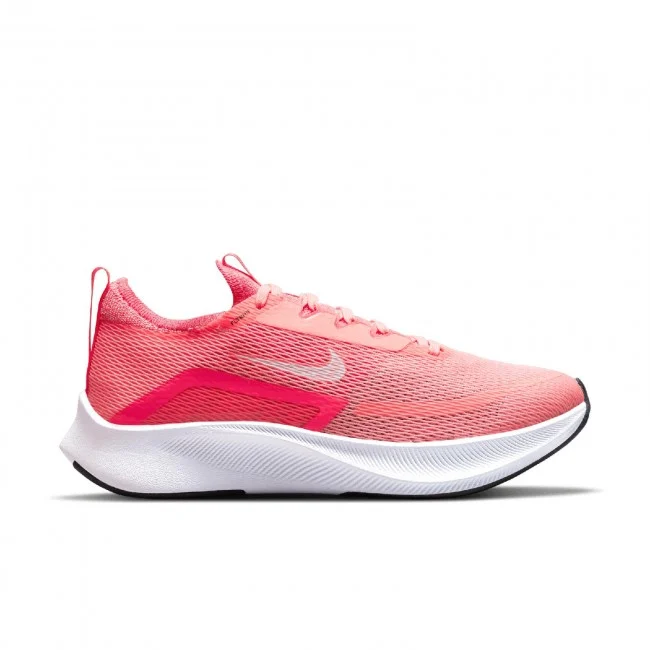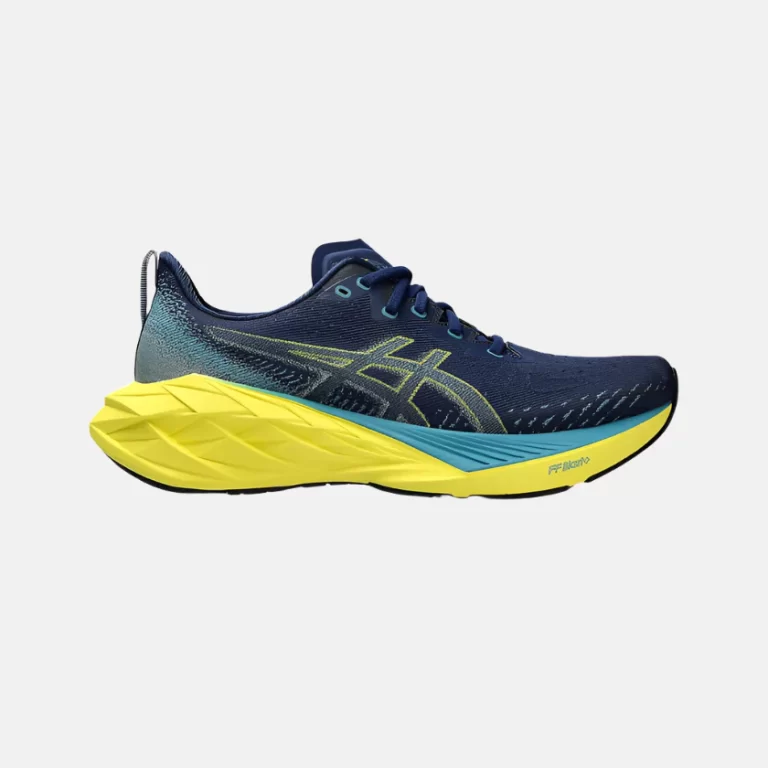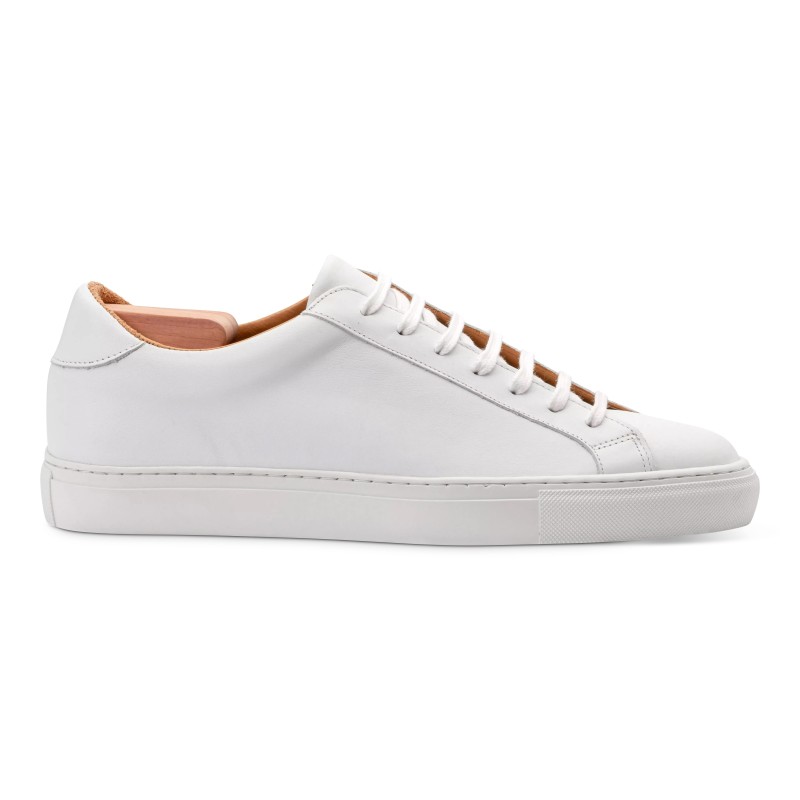
How are Running Shoes Supposed to Fit
Essential Criteria for Running Shoe Fit
When it comes to running shoes, the right fit is crucial for comfort and injury prevention. Prioritizing how running shoes are supposed to fit can make all the difference in your running experience. Here are the key points to consider when assessing the fit of your running shoes.
Firstly, ensure there is enough room at the end of the shoe. Your toes shouldn’t touch the front of the shoe while standing. Aim for about a thumb’s width between your longest toe and the shoe’s end. This space accommodates foot expansion during long runs.
Next, pay attention to the shoe’s width. It should match the width of your foot without feeling too tight or too loose. Your foot should be able to move side-to-side without crossing the shoe’s edge. If the shoe is too narrow, you might feel pressure or discomfort.
Thirdly, the heel fit is crucial. Your heel must not slip out of the shoe with each step. A good fit means your heel stays put, reducing the risk of blisters and maintaining stability.
Check the shoe’s arch support too. It should complement the natural curve of your foot. Poor arch support can lead to foot fatigue and pain over time. Remember, each runner has unique needs in terms of arch fit.
Lastly, consider the feel of the laces when tied. They shouldn’t create pressure on the top of your foot. Adjustable insoles can further enhance the fit and provide additional support.
By focusing on these essential criteria, you can ensure your running shoes fit well and support your running goals.
Determining Your Foot Type and Size
Determining your foot type and size is the first step to finding the perfect running shoe. Your foot type affects the level of support and type of running shoe you need. It’s important to know whether you have a flat, neutral, or high arch. This will guide the choice of shoe’s arch support.
To measure your foot size, stand on a piece of paper and trace around it. Then, use a ruler to measure from your heel to your longest toe. This length is your shoe size. Also, measure the widest part of your foot for the width. Remember, your feet might swell during runs, so consider this when choosing a size. Store sizing might vary, so always try on shoes later in the day when your feet are at their largest.
Checking your arch type is simple. Wet your foot and step onto a dry surface to make an imprint. The shape of the imprint will reveal your arch type. A full imprint suggests a low arch, while a lack of imprint in the midfoot region shows a high arch. Most people have a neutral arch, which leaves a distinct curve along the inside of the foot.
By determining your foot type and size properly, you ensure the running shoes you choose will fit correctly and provide necessary support.
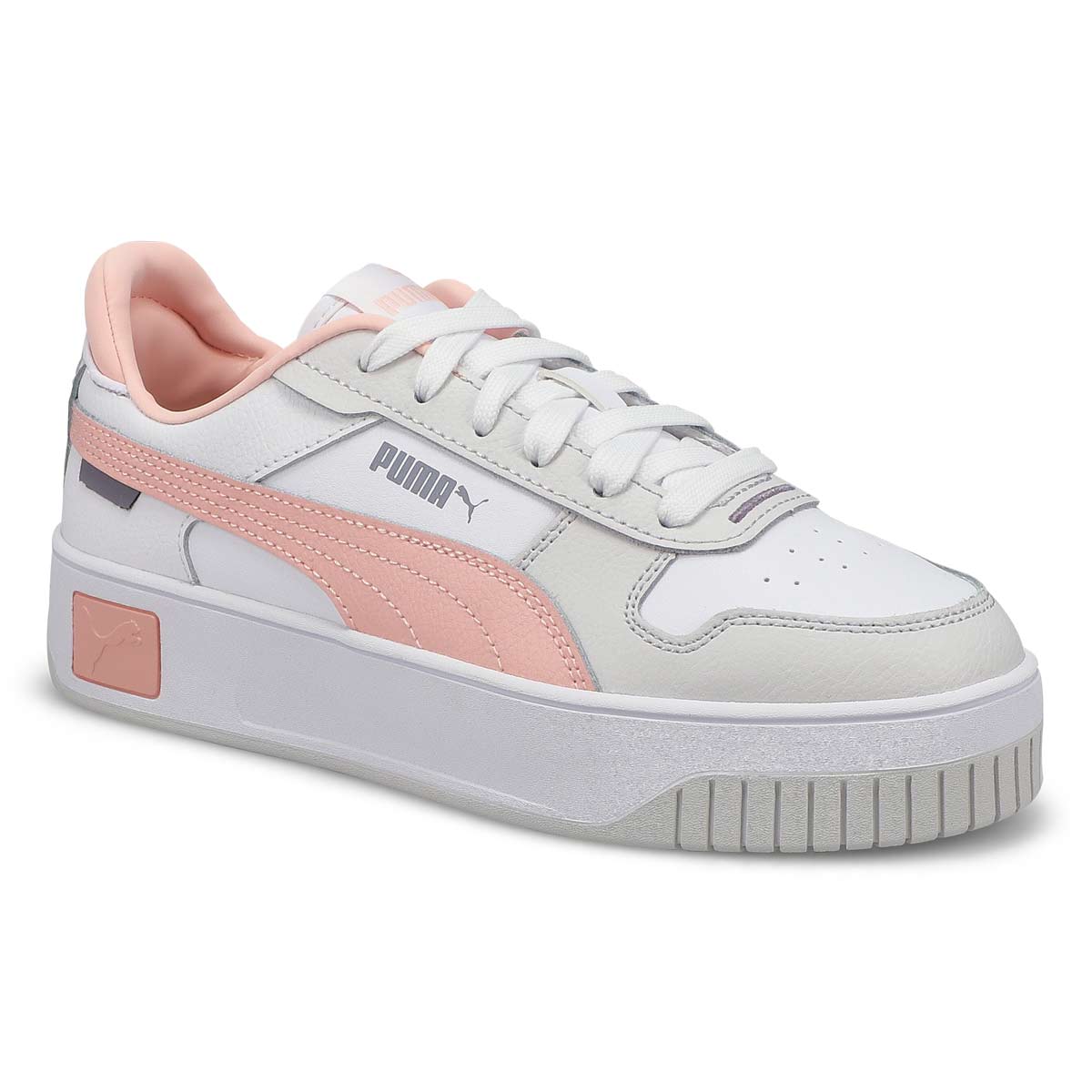
The Importance of Proper Heel Fit in Running Shoes
A proper heel fit is essential for a good running experience. It ensures your foot stays secure with every stride. When trying on running shoes, check the heel grip. Your heel should not slip or move inside the shoe. A snug but comfortable fit is what you’re aiming for.
A well-fitted heel offers stability and support. It minimizes the risk of blisters that can occur from friction. Shoes with a good heel fit also help maintain your balance, reducing the chance of falls and injuries.
Pay attention to how the heel counter—the rigid part at the back of the shoe—cups your heel. It should embrace your heel firmly without causing discomfort. If your heel moves up and down, the shoe may be too big. On the other hand, if it’s too tight, it can lead to unnecessary pressure and pain.
A right heel fit contributes to the overall effectiveness of how running shoes are supposed to fit. It plays a critical role in the long-term health of your feet while running. Remember, a good running shoe protects you from injury and improves your running efficiency.
Understanding the Toe Box: Space and Comfort
The toe box of running shoes is key for both space and comfort. It must allow your toes to spread and move freely. This freedom is vital for balance and propulsion during a run. A tight toe box can lead to discomfort and issues like bunions and blisters. An ample toe box also helps in preventing black toenails, which are caused by toes hitting the front of the shoe repeatedly.
When trying on running shoes, wiggle your toes. They should move without restriction. There should be a thumb’s width of space from your longest toe to the end of the shoe. This area is important for accommodating foot expansion while you run.
Always consider the toe box shape and depth. Shoes with a wider toe box suit runners with broad forefeet or certain foot conditions. Others may prefer a more streamlined design for a snugger fit. The depth should be sufficient to prevent pressure on the top of your toes, especially if you have a high instep.
To sum up, the toe box should give you enough space for comfort and to avoid injury. Keep in mind how running shoes are supposed to fit in the toe area during your search.

Midsole Support and Arch Fit Considerations
When looking for the right running shoes, midsole support is key. The midsole is the shoe’s cushioning layer. It absorbs impact when your foot strikes the ground. A good midsole will help prevent injuries and lessen foot fatigue. Make sure the midsole feels firm yet responsive to your weight.
Arch fit is just as crucial as midsole support. Shoes must match your arch type. If you have a flat arch, look for shoes with stability features. These prevent excessive inward rolling of the foot. For high arches, shoes with cushioning are better. They aid in absorbing shock.
When trying on shoes, walk around to feel the arch support. Your arches should feel supported without pinching. Arch discomfort can lead to pain or injury over time. Remember, midsoles and arches support your unique foot shape. They work together to make sure your running shoes fit well.
The Role of Laces and Insoles in Running Shoe Fit
A precise fit is not just about the physical aspects of the shoe. Laces and insoles play a key role in how running shoes are supposed to fit. The lacing system should allow you to adjust the tightness to suit your foot’s shape and size. This can help avoid pressure points or slippage that can lead to injuries.
With laces, ensure they’re long enough to tie securely but not so long they become a tripping hazard. They should lace up evenly, creating a firm hold across your foot’s bridge. Proper lacing also secures the foot and minimizes movement inside the shoe.
Insoles, on the other hand, are vital for arch support and cushioning. Some runners need additional insoles for better fit or to address specific foot issues. An insole should fit snugly within the shoe without bunching up or shifting. It should support the arch of your foot comfortably.
Remember, running shoes are not one-size-fits-all. So, experiment with different lacing techniques and insoles. Finding what works best for you will ensure your shoes fit perfectly, providing the right foundation for your runs.
When to Replace Your Running Shoes: Signs of Poor Fit
Knowing when to replace your running shoes is crucial for your comfort and health. Shoes that don’t fit well can lead to injuries. Here are signs that indicate it’s time for a new pair.
First, watch for uneven wear patterns on the soles. If one side shows more wear, your shoes may not fit right. This unevenness can affect how your foot lands and push your body out of alignment.
Next, pay attention to new aches and pains. Uncomfortable running might mean your shoes no longer provide proper support. Your feet can change over time, and so can the fit of your shoes.
Check the cushioning in the midsole. If it’s compacted and less responsive, it’s time for new shoes. Good cushioning is key in absorbing impact to protect your feet and joints.
If your toes feel cramped or you have blisters, corns, or calluses, your shoes could be too small. Your feet need space to move and swell during runs. Don’t ignore this discomfort.
Lastly, overstretched or frayed laces can be a telltale sign. They suggest you’re tying your shoes too tightly to compensate for a poor fit.
In conclusion, stay alert to these signs of poor fit to know when to shop for new running shoes. Proper fit is essential in how running shoes are supposed to fit, keeping you healthy and on track with your running goals.
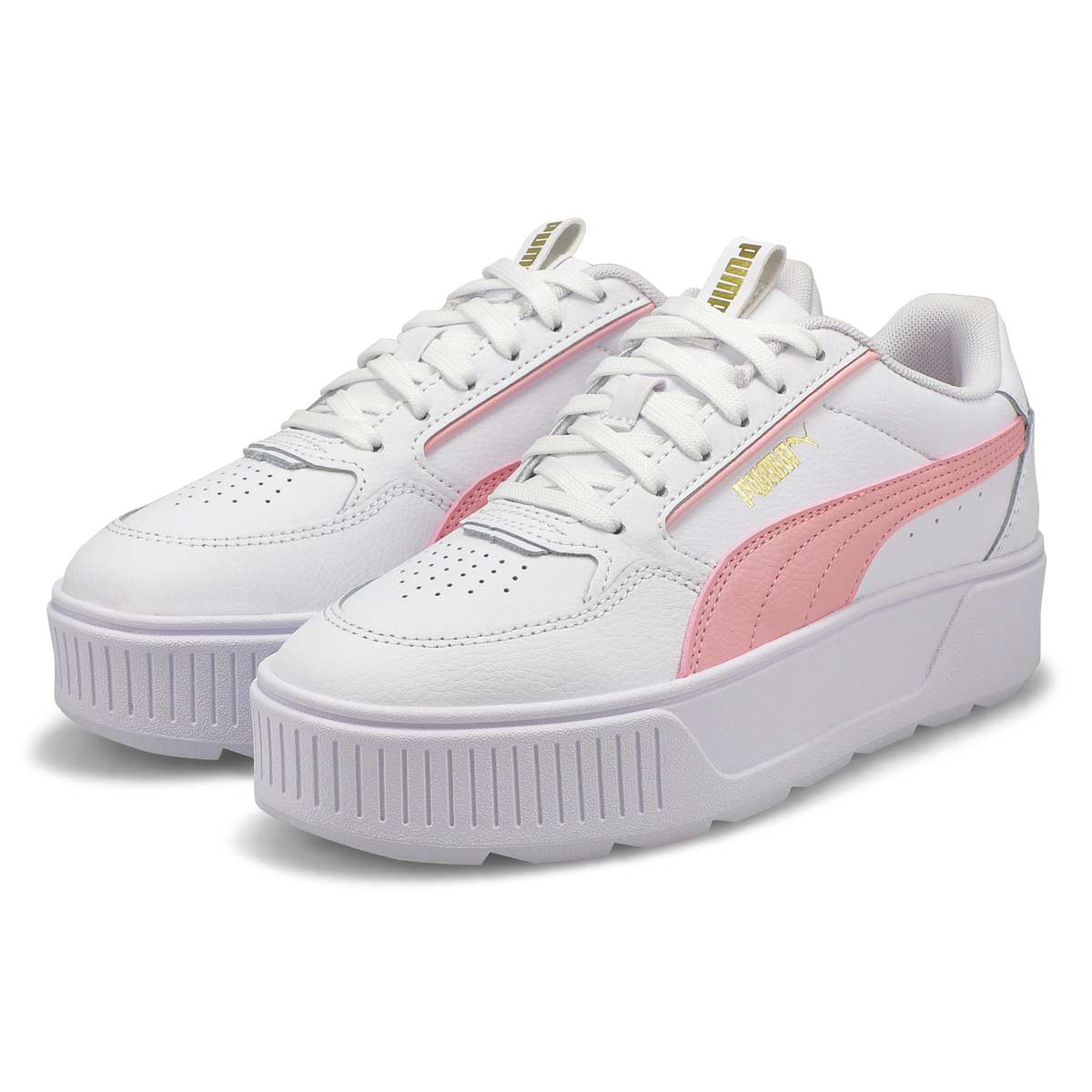
Tips for Trying on and Testing New Running Shoes
When you’re in the market for new running shoes, the try-on and testing phase is critical. To ensure the best fit, follow these tips:
First, try on shoes in the evening when your feet are likely to be their largest due to swelling. This will help you get a more accurate fit.
Make sure to wear the same type of socks that you would wear during your runs. Different sock thicknesses can change how shoes fit.
Walk and jog in the shoes inside the store. If possible, find a store with a treadmill or a safe area to run. This lets you assess comfort and fit under actual running conditions.
Check for flexibility by bending the shoes. They should bend where your foot naturally flexes.
Test the cushion level by jumping or running in place. You want enough cushion to absorb impact but not so much that you can’t feel the ground.
Listen to your body. Choose comfort over style. No matter how good the shoes look, discomfort is a sign they are not the right fit.
Ask about the return policy. You may need to return the shoes after a test run outside the store.
By following these tips on how running shoes are supposed to fit, you can avoid common pitfalls and find the perfect pair for your feet. Remember to be patient and thorough when testing, as the right shoes can be the key to running success and comfort.
